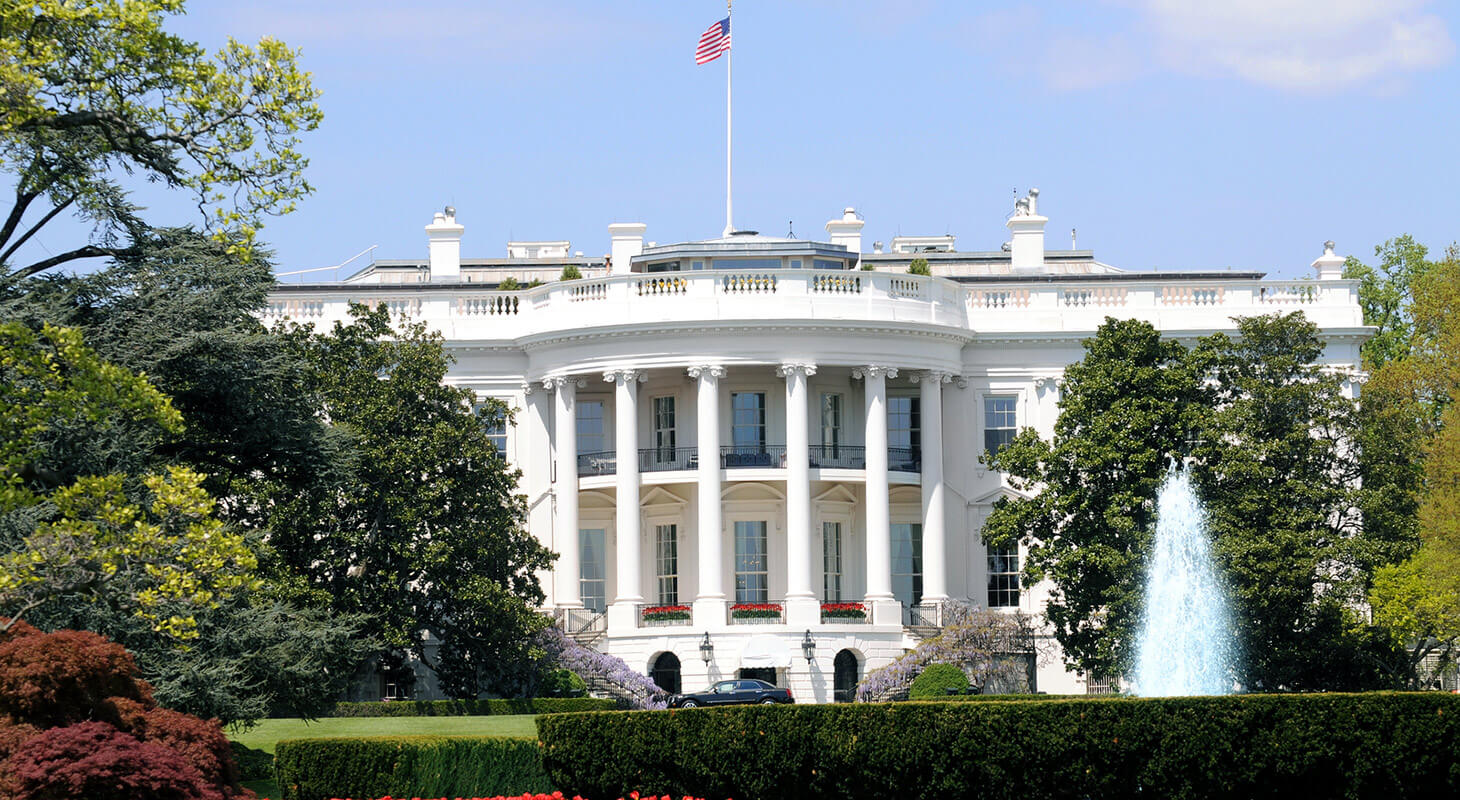The Smithsonian’s Museum of Natural History is much like the elephant that greets its visitors: large and wonderful. There are endless things to write about the Natural History Museum, but I will focus on the temporary exhibit ‘Outbreak: Epidemics in a Connected World.’ The exhibit does an excellent job of presenting major epidemics over the past century, explaining the science behind diseases, and highlight efforts of the medical teams who saved lives.
Evolution In Miniature
The Natural History Museum tries to convey, well, natural history. This straightforward name belies the enormous ambition of the task. The Earth is roughly 4.5 billion years old. When and how life originated remains a matter of scientific debate, but some evidence suggests life may have begun as early as 4.2 billion years ago. It is difficult for the human mind to comprehend such vast stretches of time. It is perhaps even more difficult to picture evolution, a cornerstone theory of biology. After all, the transition of scraps of genetic information into cells, and cells into multicellular beings, and singular and multicelled beings into the myriad life forms of the present day does not happen on a human timescale. Usually.
The exciting part about bacteria, microbes, and viruses is that scientists can watch genetic variation over multiple generations at a rate of weeks and months. Researchers can analyze what genetic changes make a jump from an animal to human host possible, or track what changes lead to more or less virulent strains. It is an opportunity to watch evolution in real time.
One Health
Although I am fascinated by the science of infection, it is important to remember that disease outbreaks have real and tragic consequences. The exhibit features the pandemic influenza of 1918, as well as more recent outbreaks such as HIV/AIDS, Zika and Ebola. These diseases cannot be divorced from the people they affect, harm, and kill.
The exhibit emphasizes that we are all affected by infectious disease. Modern lifestyles increase the possibility of an outbreak spreading from one locale to another in numerous ways. Increased international travel link all parts of the globe. Urbanization means more people live more closely together. Animal trade and industrial food production put humans in more contact with animals and animal diseases. Urbanization and habitat destruction put people in close proximity to previously isolated animal populations, increasing the possibility of virus spillover.
‘One Health’ is an elegant concept that emerges from this interconnectedness. As the links between different human populations, livestock, and the environment multiply, it is no longer feasible to draw clear boundaries. The well being of one community impacts the well being of other people across the globe. Diseased cattle threaten human health, and environmental degradation also degrades human life. Thus, all human, livestock, and environmental health is simply ‘one health,’ our health.
Action
My favorite part of the exhibit is the spotlight it gives to public health work. The doctors who respond to Ebola in the field, the researchers who track the emergence of disease, and government workers who create public health are all incredibly important to controlling the spread of infectious disease. The exhibit reminds participants that they, too, have a role in public health. From vaccination to hand washing to education, we are all a part of safeguarding our one health.
Next time you are traveling, consider staying at our Washington, DC bed and breakfast. Regardless of whether you are traveling for business, family or pleasure, we are happy to provide free breakfast and keep you up to date with all the local attractions. Of course, as you travel, please remember to wash your hands.


